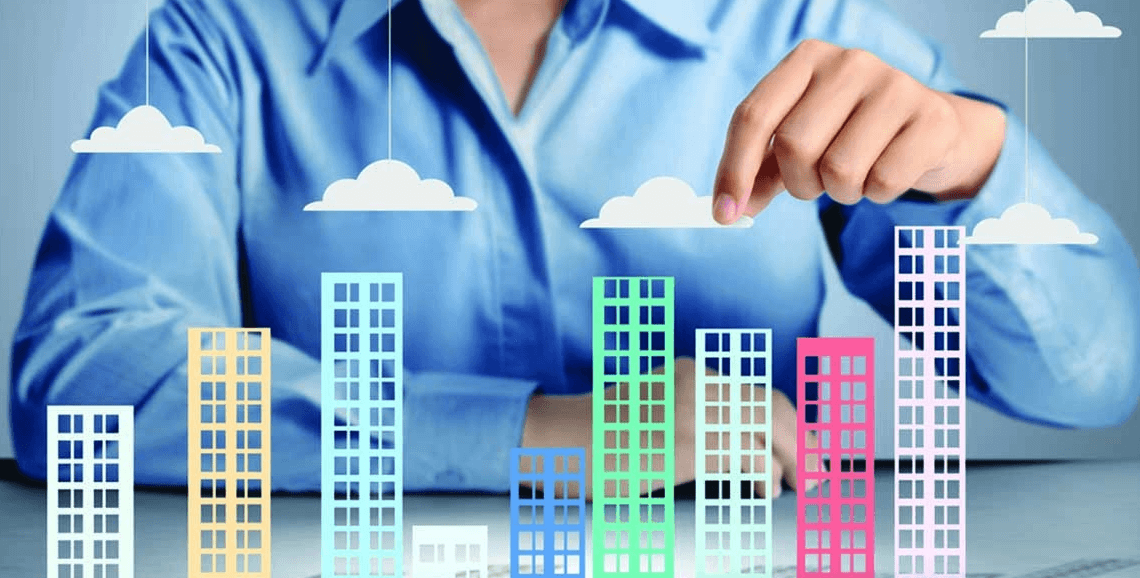Introduction
Building commercial properties is a vital part of urban development, providing the infrastructure where businesses operate and communities connect. From office towers and retail shops to entertainment hubs and mixed-use complexes, commercial buildings shape the way people live, work, and interact. As cities expand and markets evolve, the demand for modern, efficient, and strategically located commercial spaces continues to rise.
The process of building commercial spaces begins with a clear understanding of market demand. Developers and investors identify prime locations where accessibility, visibility, and growth potential converge. A well-placed commercial property attracts businesses, customers, and tenants, ensuring long-term viability. Whether in central business districts, suburban centers, or emerging hubs, location remains a cornerstone of success.
Design is another essential aspect of building commercial properties. Architects and planners focus on creating functional layouts that optimize space while ensuring comfort and safety. Modern designs often integrate sustainable features such as energy-efficient systems, natural lighting, and eco-friendly materials. These innovations not only reduce operating costs but also meet the growing demand for green, future-ready structures.
Building commercial properties also requires precision in execution. Contractors and construction firms coordinate with engineers, suppliers, and regulatory bodies to ensure timely completion while adhering to safety and quality standards. Reliability in construction fosters trust among investors and tenants, making the property more attractive in a competitive market.
The benefits of building commercial developments extend beyond business profits. Commercial centers often become community landmarks, offering spaces for shopping, dining, working, and leisure. They stimulate local economies by creating jobs, attracting investment, and supporting small enterprises. In many cases, they also enhance the character and identity of neighborhoods, making them more vibrant and livable.
For investors, building commercial properties represents a powerful opportunity for long-term income and appreciation. With steady demand for office, retail, and industrial spaces, these projects can generate reliable rental yields and increase in value over time. Strategic planning and quality execution make commercial real estate one of the most resilient and rewarding investment sectors.
Conclusion
Building commercial properties is more than constructing physical structures—it is about creating hubs of opportunity, innovation, and community life. Through strategic location, thoughtful design, and reliable construction, these developments serve as engines of economic growth and catalysts of urban transformation. For businesses, investors, and communities alike, commercial buildings remain essential foundations for progress.




